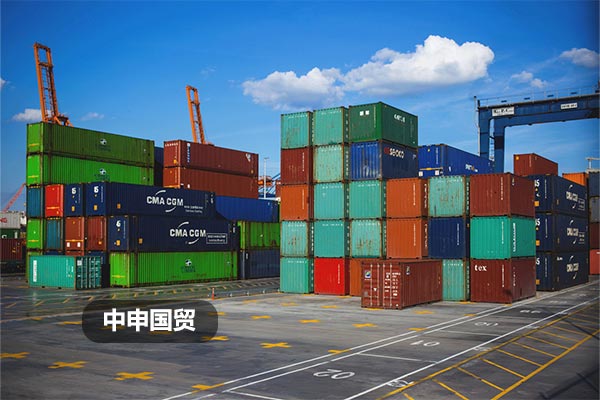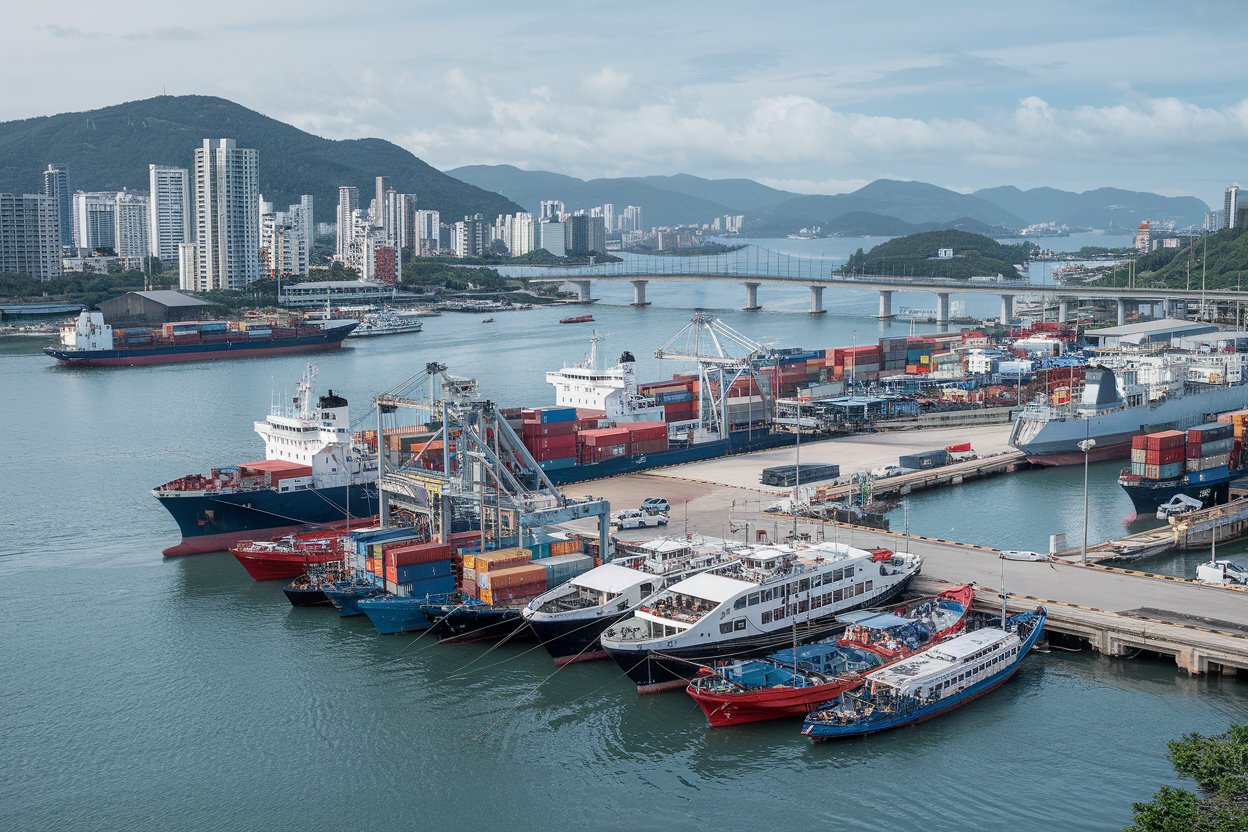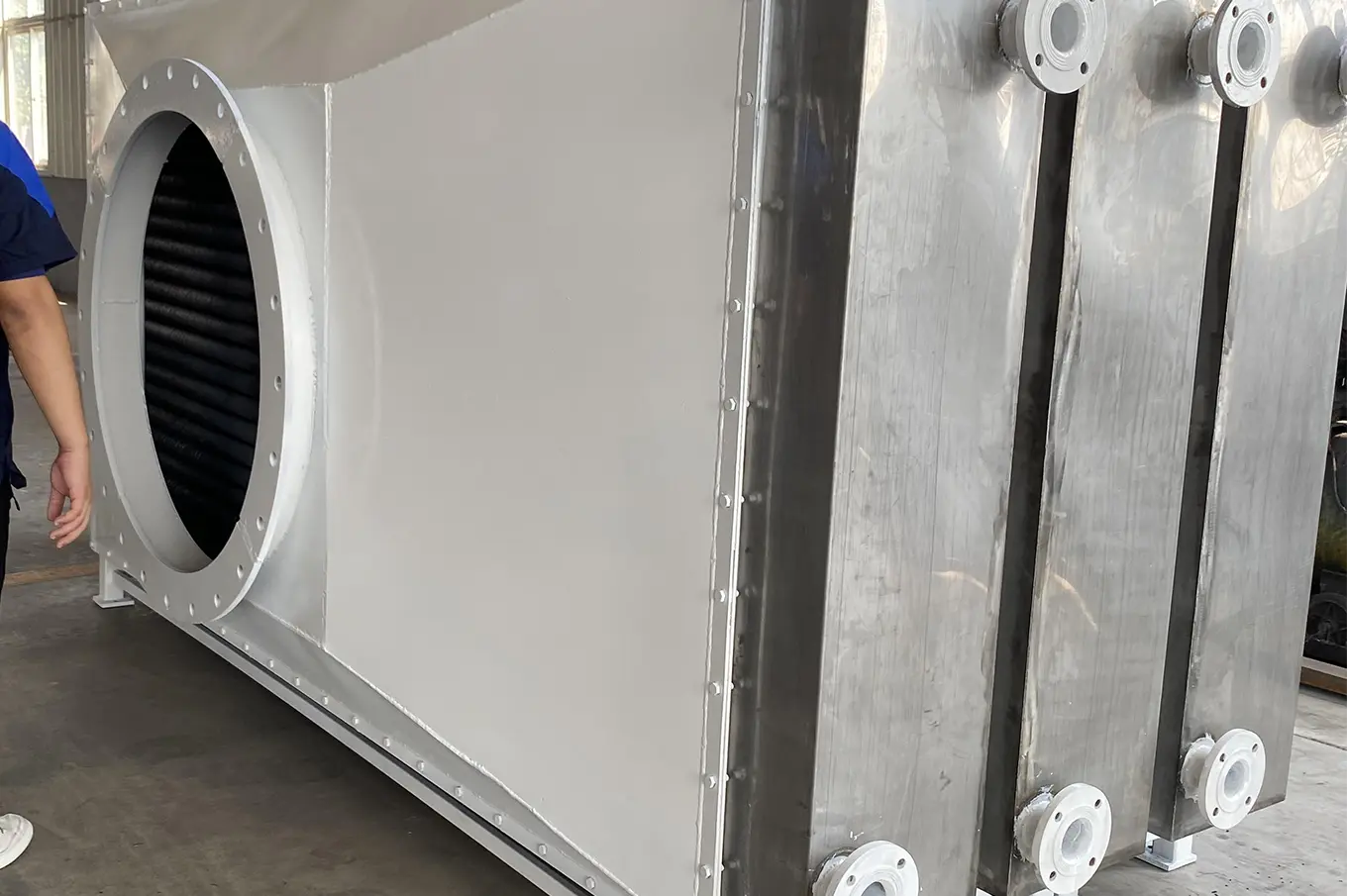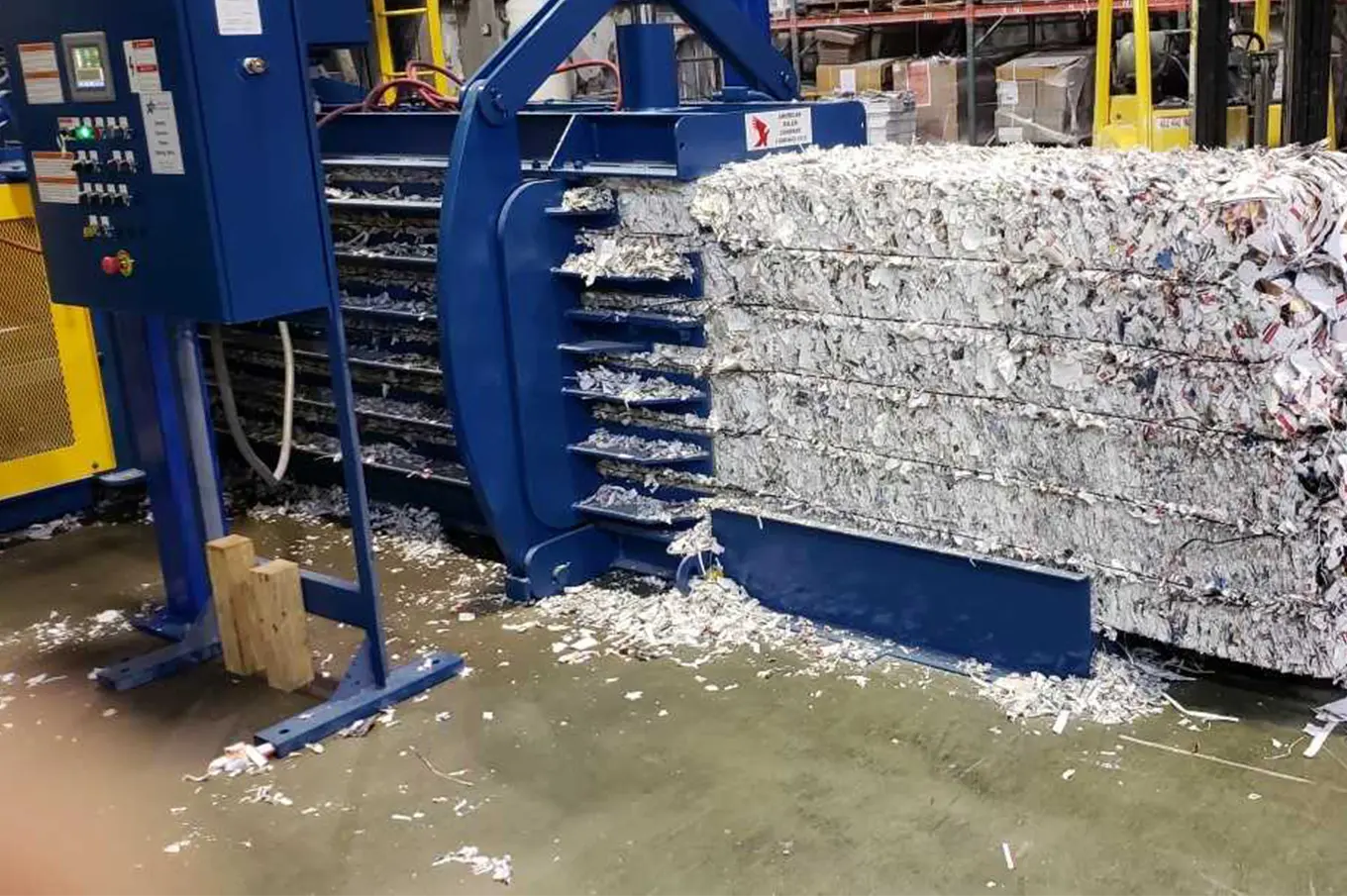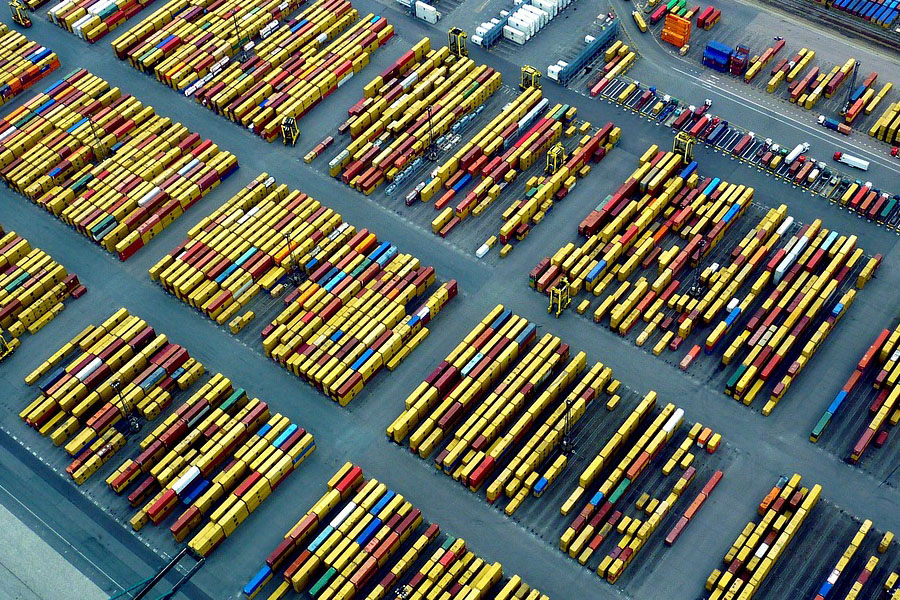- Shanghai Zhongshen International Trading Co., Ltd. – Your reliable partner with 20 years of import/export agency service expertise.
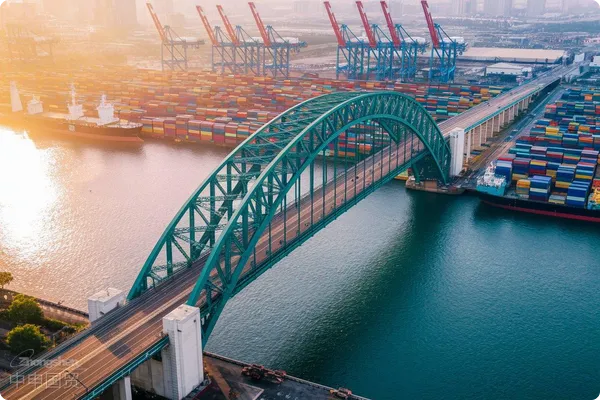
The invisible threshold in cross-border machinery procurement: How professional agents resolve import dilemmas
Against the backdrop of global industrial chain restructuring in 2025, Chinas manufacturing enterprises saw a 23% year-on-year increase in equipment renewal demand, particularly for high-end CNC machine tools and intelligent production linesEquipment importwith their proportion continuing to rise. However, customs data shows approximately 42% of first-time importers experienced clearance delays due to operational errors, while 17% encountered technical trade barriers. This article provides an in-depth analysis of core risk control points in machinery equipment imports.
Industry Status and Challenges
Current machinery imports exhibit two key characteristics:Precision equipment proportion increased to 65%(increased difficulty in HS code classification),Customized equipment transactions grew by 37%(heightened compliance requirements for technical documentation). The main pain points focus on:
- Dynamic adjustment of electromechanical product access catalog
- Environmental standards upgrade for used equipment imports
- Tariff differential management between core components and complete machines
End-to-end import risk control model
- Pre-technical review phase
- Equipment parameter compliance verification with CCC certification
- Origin CertificateExplicit and preferential tariff applicability analysis
- Logistics execution stage
- Special transport solution design (oversized equipment ratio 28%)
- Port lifting plan pre-approval (15% operational cost saving)
- Customs declaration stage
- Precise matching of electromechanical characteristics with HS codes (error rate ≤0.3%)
- Breakdown declaration of dutiable value components
Comparison of typical service scenarios
- Operations of general agency companies
- Document review time: 72 hours
- Abnormal handling response: 24 hours
- Professional machinery equipment agency
- Technical parameter pre-review system (reduces customs clearance time by 40% on average)
- Localized inspection assistance team (abnormal handling time ≤4 hours)
Key strategies for cost optimization
An auto parts manufacturer achieved through professional agency services:
- HS code optimization saves 9.2% in tariffs
- Standardized transport packaging reduces cargo damage rate to 0.5%
- Technical document compliance review avoids 530,000 RMB administrative penalties
Future trend response for equipment import
According to the latest 2025 trade policies, it is recommended to focus on:
- Implementation of revised EU Machinery Directive 2006/42/EC
- Expansion of ASEAN cumulative rules of origin application scope
- Compliance requirements for cross-border data transmission of smart devices
Professional mechanical equipmentImport Agent ServicesThe value is not only reflected in single transaction cost savings, but more importantly in establishing a continuously optimized import management system. Choosing service providers with special qualifications for electromechanical products can help enterprises reduce 37% of trade compliance risks and improve 85% of supply chain response efficiency.
Category Case
Contact Us
Email: service@sh-zhongshen.com
Related recommendations
Contact via WeChat

? 2025. All Rights Reserved.
